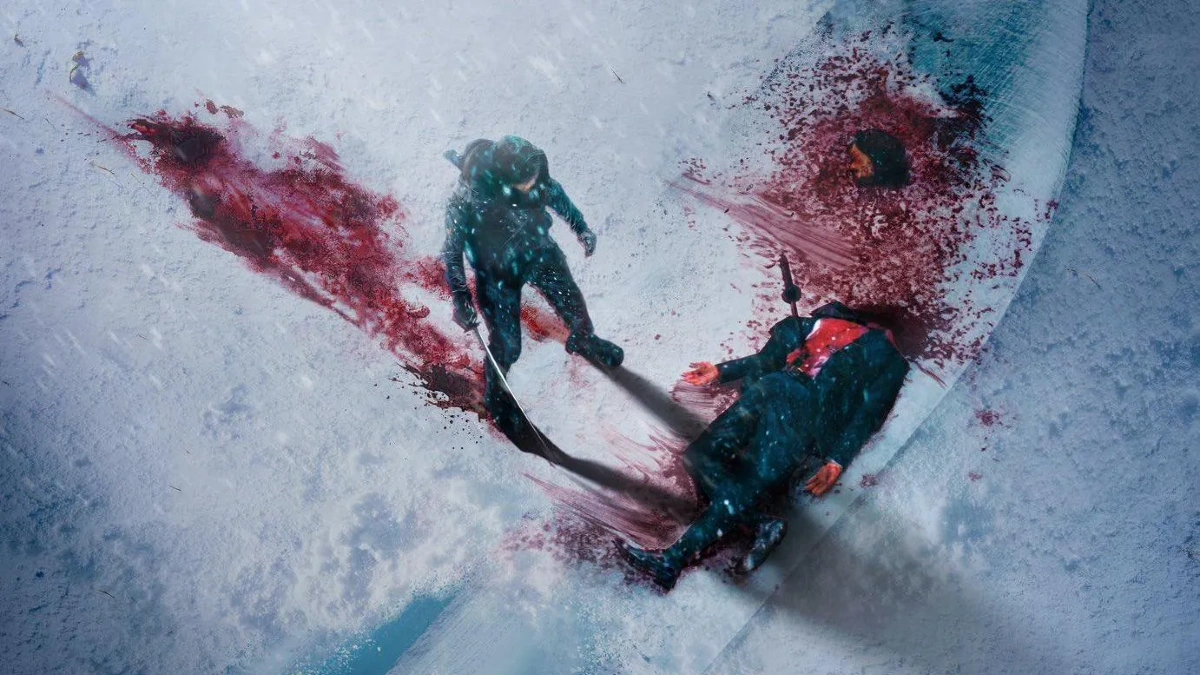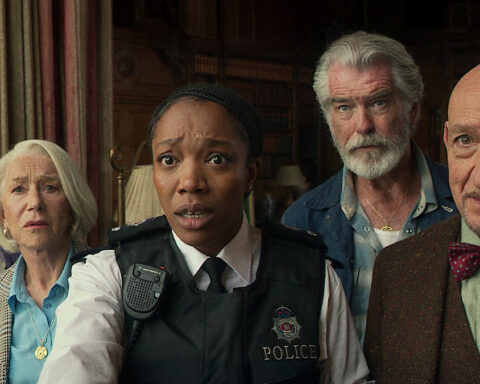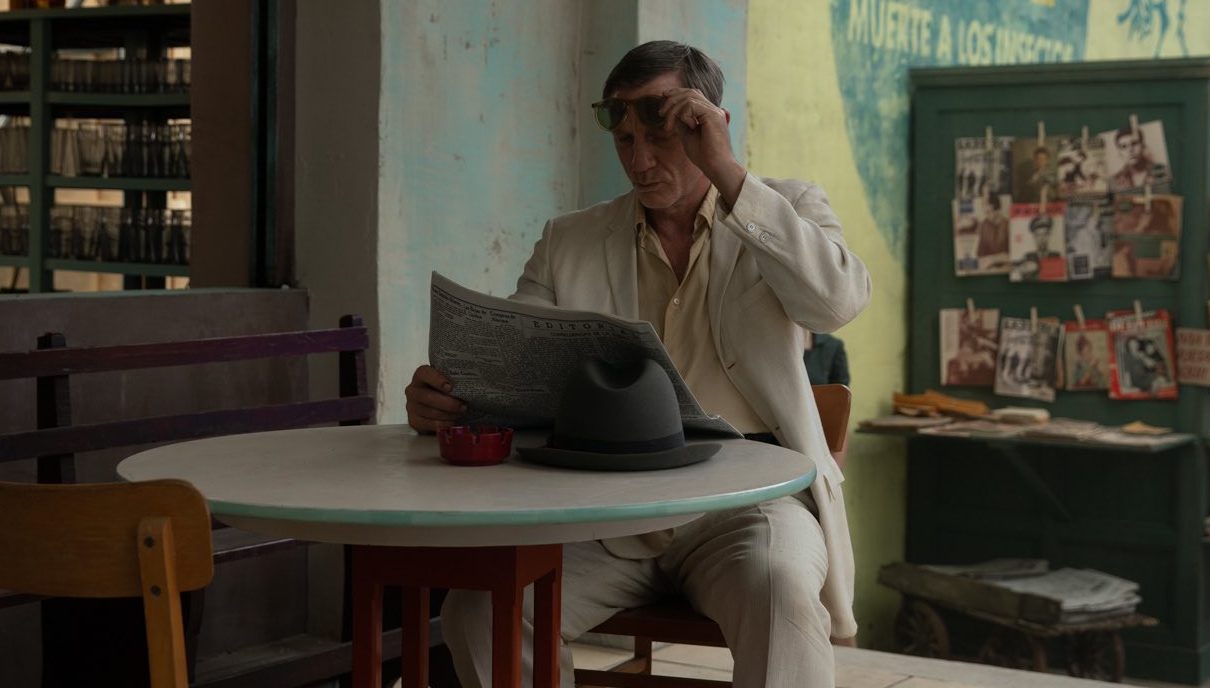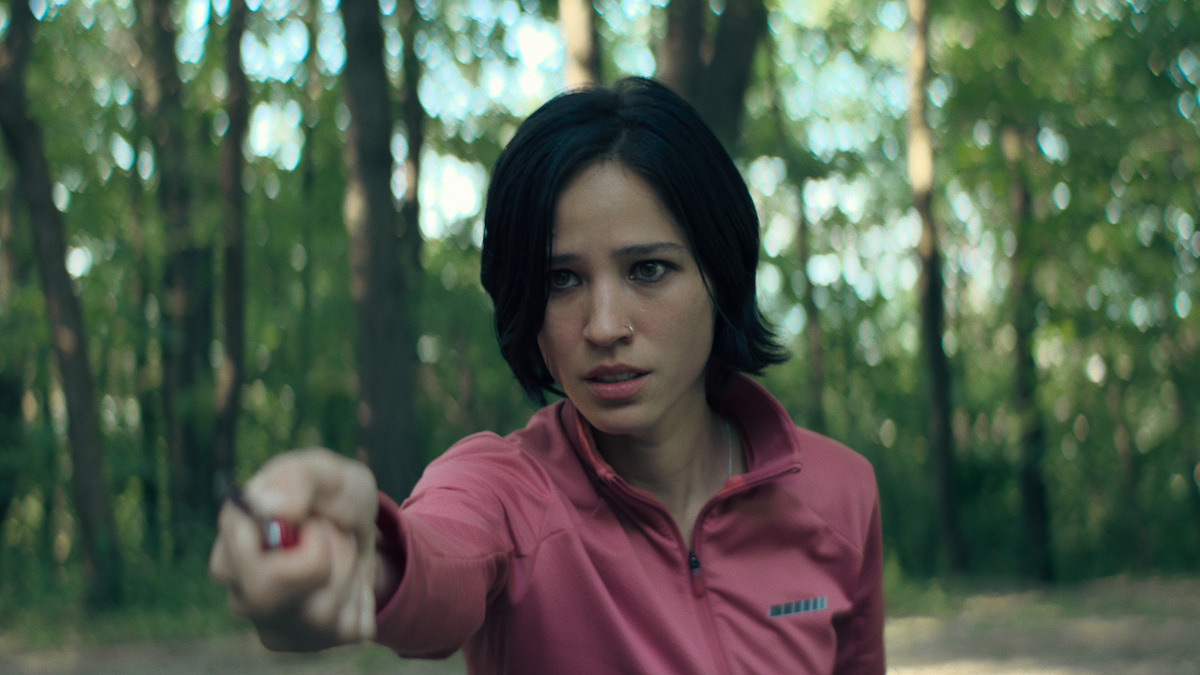Action films have carved out their niche within the cinematic landscape, thriving on adrenaline-pumping sequences. In Timo Tjahjanto‘s latest Indonesian action film, The Shadow Strays, now streaming on Netflix, the female protagonist’s hyperkinetic fight scenes mirror her inner struggles and societal conflicts. Her retaliation to seeking restitution becomes another unauthorized mission in life to amend the traumas of a violent childhood incident that haunts her sleep. It propels her into a world where physical strength and bravery reign supreme and the inevitable clashes are not merely displays of power but moments of catharsis. However, despite the smooth choreography and stunning visual effects dominating the narrative, the plot feels predictable and clichéd. There is a major lack of originality and anything out of the ordinary in its storytelling.
A young assassin, codenamed 13 (Ribero), is part of a vigilante organization known as ‘The Shadow’. Her latest mission is to eliminate members of a Yakuza clan in Japan. As she meticulously carries out her task, dead bodies pile up one after another. When an innocent life is lost in the process, it distracts her and places her in a life-or-death situation. Her mentor, Umbra (Malasan), steps in to rescue her and finishes the job left incomplete by her young trainee. As codename 13 failed to complete her mission flawlessly, she is punished by being exiled to Jakarta. She hides in a lower-class apartment building, where she forms a friendship with a young boy named Monji, whose drug-addicted mother was killed by a dangerous syndicate. As Monji plans to take revenge for his mother’s death, he is captured by members of the deadly group. When Codename 13 discovers her young friend is missing, she visits his apartment only to find a footman named Jeki (Kristo Immanuel) surreptitiously trying to eliminate any trace related to the murder. She overpowers him and forces him to take them to the people responsible for the crime. Soon, she embarks on a violent rampage, unleashing a brutal confrontation with a nexus of goons, police forces, and corrupt politicians. As her violent actions create havoc in a city riddled with corruption and crime, the rogue behavior reaches the members of The Shadow, who now decide to capture her for breaking their rules of conduct.
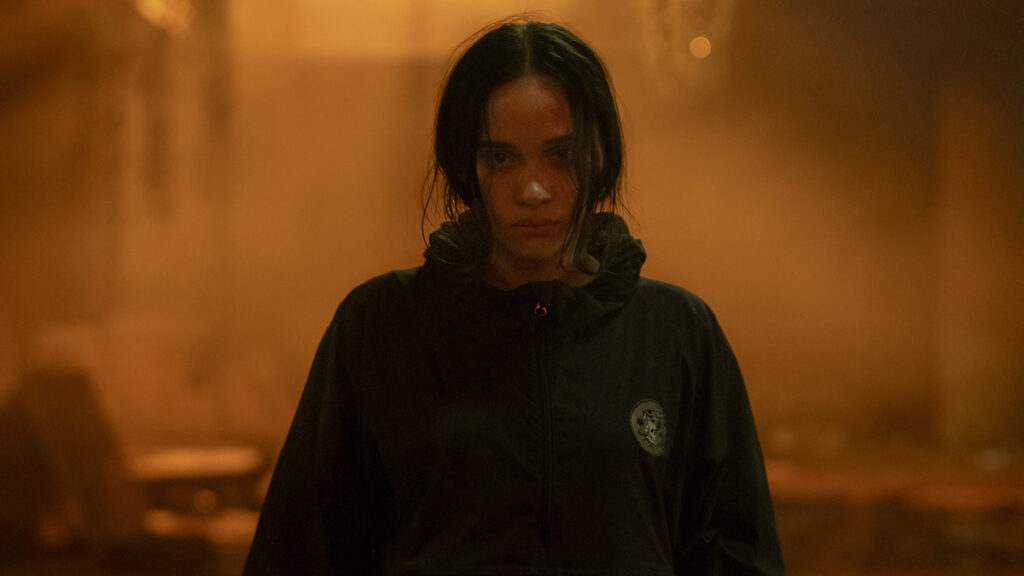
There’s enough gore in the films that holds us on the edge of our seats. Within a few minutes, the first stunt features a beheading with a sword, and blood spurting like a fountain. So, instantaneously, we are prepared for the gruesome acts the movie will deliver throughout its duration. Adrenaline rushes are intense, and the action scenes are also crafted with objects readily available at one’s disposal. A knife, ice pick, or bottle is enough to become a lethal weapon against an opponent. Flames from a gas burner and boiling water from a wok are used if those are handy. In some instances, sharp teeth are used to rip off ears and pointed fingers to gouge out eyes and incapacitate the enemy. The villains are brutal and sadistic, never flinching at the thought of taking away a life, whether it’s male or female. The moments of the protagonist’s retaliation is written with such the sole objectivity of a velocity that is explosive and unflinching. As the protagonist takes on impossible odds and, ultimately, proves victorious, it adds strength to the notion that justice can triumph in even the most impossible situations.
While the succession of action scenes proceeds relentlessly without giving us a breather, does that alone qualify a film as a compact viewing experience? As we continue watching, it starts to feel like we’re witnessing a virtual video game where someone else holds the controls. Shouldn’t an action film also offer a fresh story rather than a recycled version of films from the past? The opening sequence of the film feels as if it’s taken cues from Tarantino’s Kill Bill (2003), while Codename 13’s growing affection for Monji and her fight to save his life seem inspired by Luc Besson’s Léon: The Professional (1994). The setup for the confrontations, too, feels reminiscent of 90s action films, with overly simplistic staging for the action sequences. While the fight scenes have a visceral thrust, the lack of a smart buildup makes them feel like mere spectacle and nothing more. If we compare the film to cult action hits like the Indonesian The Raid (2011), the John Wick series (2014-23), or even Oldboy (2003), those films stand out because of their refreshing storylines. The result was that the action scenes acquired intensity rather than being used merely as a crutch to compensate for a weak plot. But in this case, the action feels like it’s trying to carry the entire film, with the lack of a compelling story reducing the impact of the otherwise well-executed fight sequences.
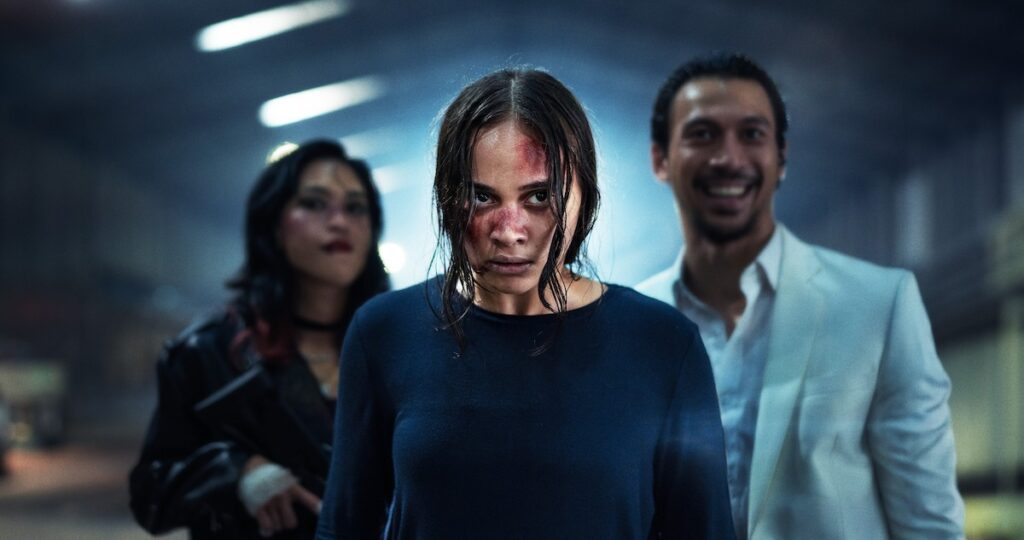
The cinematography by Batara Goempar brings energy to the film, using lights and framing to create a kinetic feel. The camera moves fluidly with the protagonist, capturing her movements effortlessly and following her smoothly as she performs her stunts. The slow-motion shots not only heighten the tension but also immerse us in the violence the characters experience firsthand. Dinda Amanda’s editing skill makes the action scenes feel raw and real, creating moments that seem on the verge of chaos yet remain tightly controlled. The juxtaposition of shots adds to the excitement and maintains a sense of urgency while bringing each moment to life with precision and intensity. The background score by Fajar Yuskemal and the sound design by Hiro Ishizaka amplify the emotions and deepen the connection to the scenes with its perfectly timed intensity. Stunt choreographers Muhammad Irfan and Trisna Irawan can undoubtedly be christened as co-directors, as their stunning action designs become characters in their own right. Their ability to seamlessly blend creativity and physicality elevates the film, making each action sequence not just a display of skill but a vital part of the storytelling. The action scenes absolutely warrant being experienced on the big screen with a superior sound system. They never felt like they were meant for a streaming platform.
Aurora Ribero, as young assassin Codename 13, brings physical agility to her role and shines in all the action scenes. In her moments of intense emotional turmoil, she infuses her character with vulnerability that elevates her performance beyond the stunts and combat. As she takes down her rivals, she combines precision with raw intensity, making each confrontation feel personal and impactful. Hana Malasan, as Umbra, a veteran assassin who has trained Codename 13, has a commanding presence on screen. She also executes the action scenes with precision and intensity, matching the physicality of her younger counterpart while bringing seasoned gravitas to her role. Andri Mashadi, as crime boss Ariel, portrays his role with such accuracy that we abhor him for all his fiendishness. Kristo Immanuel, as the henchman Jeki, and Fikry, as the young boy Monji, are equally efficient in their supporting roles, delivering a blend of menace and innocence.
Yet again, The Shadow Strays presents another tale of heightened reality and confrontations that fall victim to stylized filmmaking, where a fresh storyline is sacrificed at the altar of visual spectacle and excessive action. I hope that in the sequel, as promised in the post-credit scene, the filmmaker will provide equal effort in the script as in the action scenes.
The Shadow Strays is currently streaming on Netflix worldwide.
